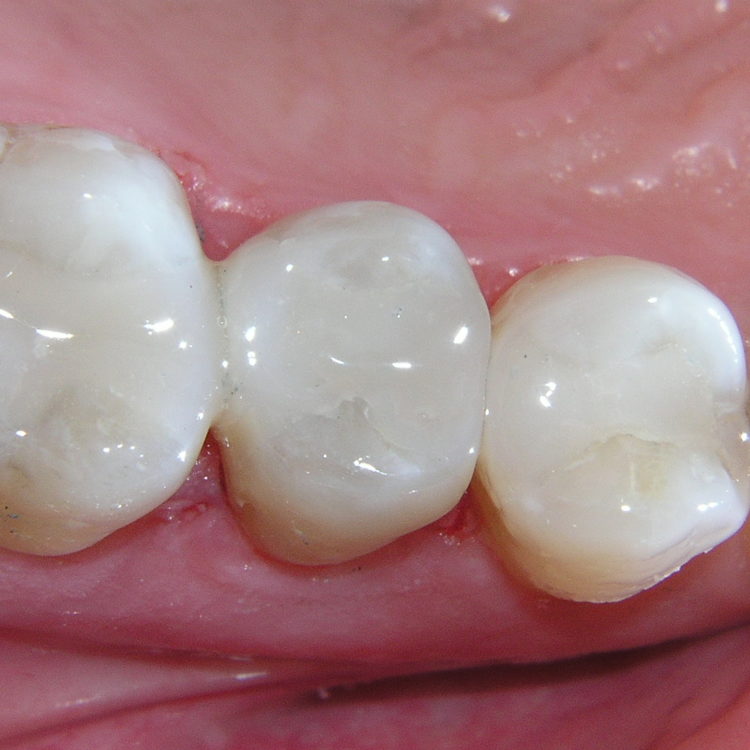"It is a process of removing teeth without the need of surgical techniques, which are called surgical tooth extractions."
Dental Filling?
A filling is a way to restore a tooth damaged by decay back to its normal function and shape. When a dentist gives you a filling, he or she first removes the decayed tooth material, cleans the affected area, and then fills the cleaned out cavity with a filling material.
Tooth fillings usually last for many years before they need to be replaced. But tooth fillings can wear out over years of chewing. If you clench or grind your teeth, you may need to have tooth fillings replaced sooner.

Opening Hours
How Do I Know if I Need a Filling?
Only your dentist can detect whether you have a cavity that needs to be filled. During a checkup, your dentist will use a small mirror to examine the surfaces of each tooth.
Anything that looks abnormal will then be closely checked with special instruments. Your dentist may also X-ray your entire mouth or a section of it. The type of treatment your dentist chooses will depend on the extent of damage caused by decay.
Types of Cavity Fillings
Many options are available for tooth fillings, and all of them have their pros and cons. Types of tooth fillings include gold, silver amalgam (a composite of mercury, silver, and other metals), tooth-colored composite material, porcelain, and a special type of glass. The best tooth fillings for you will depend on cost, what your insurance may cover, and your aesthetic preferences.
There is a wide variety of materials used for filling cavities and they vary in strength and color. The two most common types are amalgam and composite.
- Amalgam Fillings: Amalgam has been used by dental professionals for more than a century; it is the most researched material used for filling cavities. Amalgam fillings are strong and are therefore ideal for filling cavities in the back of the mouth such as in the molars, where chewing takes place. Since they are made of a combination of several metallic elements, amalgam fillings can be noticeable when you laugh or smile. These fillings are among the least expensive of all cavity-filling materials.
- Composite Fillings: Sometimes referred to as composites or filled resins, these fillings feature a combination of glass or quartz filler and can be made to match the color of your tooth. Composite fillings are also fairly durable and are ideal for small-to-mid-size restorations in areas of your mouth that perform moderate chewing.
- Metals: Gold or silver amalgam are the most common metals used for a cavity filling. Gold fillings can cost as much as 10 times more than silver amalgam fillings, but some people prefer the appearance of gold to silver fillings if they want the durability of metal vs. a less-durable composite material. Some people don’t like the appearance of metal fillings, but metal fillings can last as long as 10-15 years before they need to be replaced.
- Ceramic: A ceramic cavity filling (usually made of porcelain) is tooth-colored, and it may be less likely to show tooth stains over time than a composite cavity filling. But price is a factor—a ceramic filling can be nearly as expensive as a gold cavity filling.
- Glass Ionomer: This blend of acrylic and glass is used to create a cavity filling that releases fluoride to help protect teeth. But a glass ionomer cavity filling is less durable than other types, and may need to be replaced in as little as five years.

